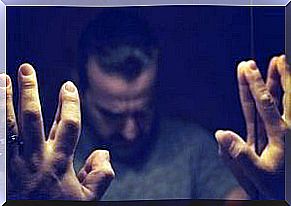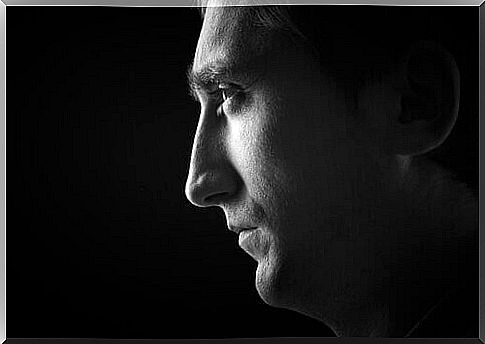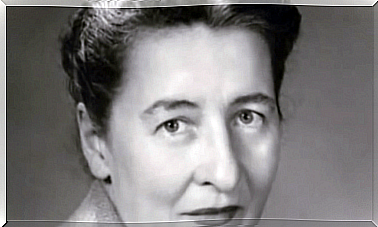The Theory Of The Science Of Evil And Its Properties

Many researchers have tried to get closer to a concept called the science of evil to find the root of evil behaviors. Neuroscience has been researching the brains of people who do evil things, and many social psychologists have also developed experiments with the same purpose.
What we do know is that people seem to want to know what kind of evil other people are hiding and how they differ from the rest of us. As a species, we do not seem tired of searching for and trying to understand this difference. We may want these answers so that we know what to avoid, or so that we can assure ourselves that we are different. There may be some physical factor that determines who is evil and who is good.
Despite the fact that science has found some clues and small structural differences in the brain, we still do not have a clear answer. It seems that it is not just a matter of separating the good from the bad. These wicked people have proved to be more like the good people than we would like to admit.
In this article, we will go through the possible factors that determine whether a person will get angry or behave badly. There is over forty years of research on this issue, and it seems that researchers have succeeded in isolating certain factors that cause some individuals to fall into this group.

The quality of affection
One of the factors that seems to predict evil deeds is the type of affection that develops during childhood. Research on personality disorders in adults has shown that abuse often occurs in the early stages of life.
Of course, this is not enough to make someone a bad person. However, it seems to be a common factor in many cases. Research has shown that emotional abuse during childhood is an obstacle to developing an ability to care for others.
However, this factor does not fully explain why some people are evil and can do evil things. There are people who are really evil who do not seem to have suffered abuse as children.
Biology and the science of evil
British geneticists have discovered the presence of an MAOA gene that may increase the risk of developing behavioral problems. It can also be related to thug behavior during adolescence. This discovery from Avssholm Caspi also found an interaction with childhood abuse of this gene. In other words, we have an example of where biology is determined by the surrounding environment.
Another biological factor that may have to do with the science of evil is testosterone levels. The amount of testosterone to which the fetus is exposed in the womb will influence the development of the empathic circuit in the human brain.
The science of evil: the marked side of man
An outstanding criminologist, Julia Shaw, recently published her research in a book that addresses the subject of why people are evil and do evil things. Shaw carefully reviews neuroscientific studies on low levels of prefrontal ventromedial activation in the brain in malignant individuals.
This seems to be another factor that is related to what Shaw calls a process of dehumanization and self-justification of the harm done to others. This type of anomaly combined with a certain level of paranoia and an anxious culture can together create a person who is willing to do evil things to others.
At the same time, Shaw analyzes what psychologists call the “dark triad”: psychopathy, narcissism and Machiavellianism. However, she adds one more thing: sadism. In fact, this author makes a fantastic analysis of both types of narcissism.
Julia Shaw concludes that vulnerable narcissists are far more dangerous than grandiose narcissists. It seems that the former is at higher risk of becoming hostile. Under the “right” circumstances, vulnerable narcissists can behave in a very vicious way.

Monsters are created, they are not born
If you go through all the literature on the science of evil that exists, you can not say one hundred percent that some people are born evil. There is not a single factor that causes a person to be born evil. Rather, it seems to be the case that evil is something that develops over time. The factors that determine whether or not a person will be harmed seem to depend on the surrounding environment.
The interesting experiments of Philip Zimbardo, Stanley Milgram and other researchers have shown us how easy it is for good people to do bad things. Their experiments have shown how circumstances can affect people and make them do very surprising and terrible things.
In other words, it often has more to do with the circumstances that exist, rather than the person in question. This knowledge forces us to be at least somewhat empathetic about people who are judged for their evil deeds. Of course, this is not about justifying these actions.
But the science of evil seems to imply that there are many variables that affect people’s actions. And not all of these are personal.
So it does not seem that we have managed to find an “evil personality disorder”. Furthermore, the goal of psychologists should be to prevent this type of behavior. This can perhaps be done by humanizing the people who do evil things, or by understanding the role that the surrounding environment has in all this.









